rolling mill
Three roller coarse rolling unit
- speed:2m-3.5m/s
- Rolled billet dimensions:40-400
- Equipment model:250~1200
- Roll diameter:φ280-1300
- Product description: three roller cogging mill, three roll cogging mill, cogging mill
Three roller coarse rolling unit:
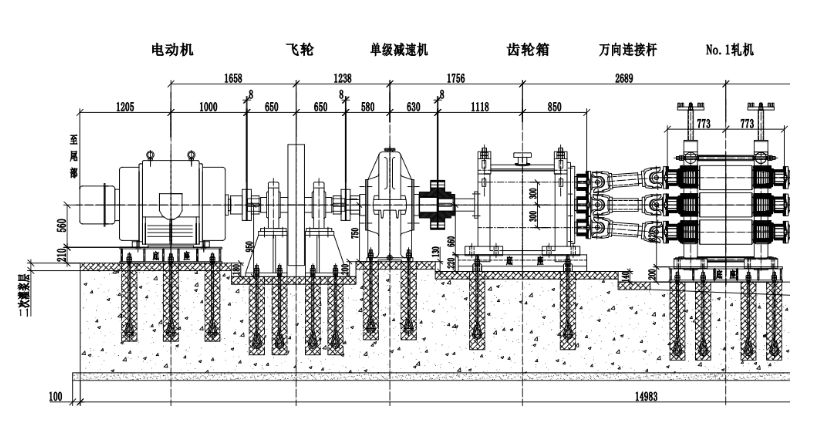
Cogging, in the context of metalworking, refers to the initial plastic deformation process undergone by steel ingots or continuous casting billets. This process occurs on the first hot rolling mill, continuous billet mill, three-high rolling mill, forging hammer, or hydraulic press, providing the preliminary shaping of the material to serve as raw material for various rolling mills.
Purpose of Cogging:
The primary purpose of cogging is to transform large steel ingots, which are often impractical to roll directly into the desired steel dimensions, into intermediate products known as steel blooms. These blooms, in turn, serve as the precursor for further rolling processes to produce the final finished products.
Three-High Cogging Mill:
Among the heavy-duty rolling mills designed for the initial processing of steel ingots into blooms, the machine specifically engineered for this purpose is known as a Three-High Cogging Mill. This specialized rolling mill plays a crucial role in the initial stages of steel production, where the transformation from large steel ingots to more manageable steel blooms occurs.
Mechanical Features:
The Three-High Cogging Mill is characterized by its three vertically stacked rolls. These rolls work in concert to apply significant pressure and plastic deformation to the steel ingot, facilitating the transformation into a bloom. The arrangement of the rolls allows for controlled shaping and reduction of the ingot's cross-sectional area.
Roll Configuration:
The upper and lower rolls of the Three-High Cogging Mill are often larger in diameter than the middle roll. This configuration enables a controlled reduction in the thickness of the steel ingot while maintaining the desired width and length. The larger rolls provide the necessary force to deform the ingot effectively.
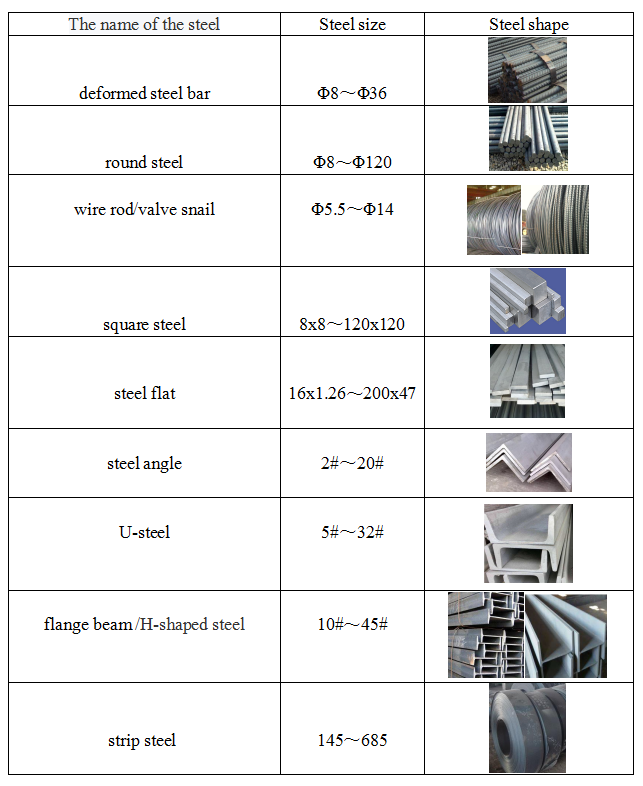
Temperature Considerations:
Cogging is typically conducted at elevated temperatures to enhance the material's plasticity and reduce the force required for deformation. The Three-High Cogging Mill is equipped to handle the high temperatures associated with this initial plastic working process.
Advantages of Three-High Cogging Mill:
Preliminary Shaping: The mill provides the crucial first step in transforming unwieldy steel ingots into manageable blooms.
Controlled Deformation: The three-roll configuration allows for precise control over the reduction in thickness and shaping of the steel ingot.
Versatility: The mill is adaptable to various steel grades and sizes, offering versatility in the initial stages of steel production.
Conclusion:
In the intricate dance of steel production, the Three-High Cogging Mill takes center stage, orchestrating the initial transformation of large steel ingots into intermediate blooms. Its mechanical precision and controlled deformation contribute significantly to the seamless progression of steel from raw ingot to the refined precursor for subsequent rolling processes.
Categories
Latest News
Contact Us
Contact: Ed Lee
Phone: +86 13613237999
Tel: +86 13613237999
Email: lihaoye@chinarunhao.com
Add: Runhao steel rolling machinery, dalinggongzhuang village, Fengrun District, Tangshan City, Hebei Province
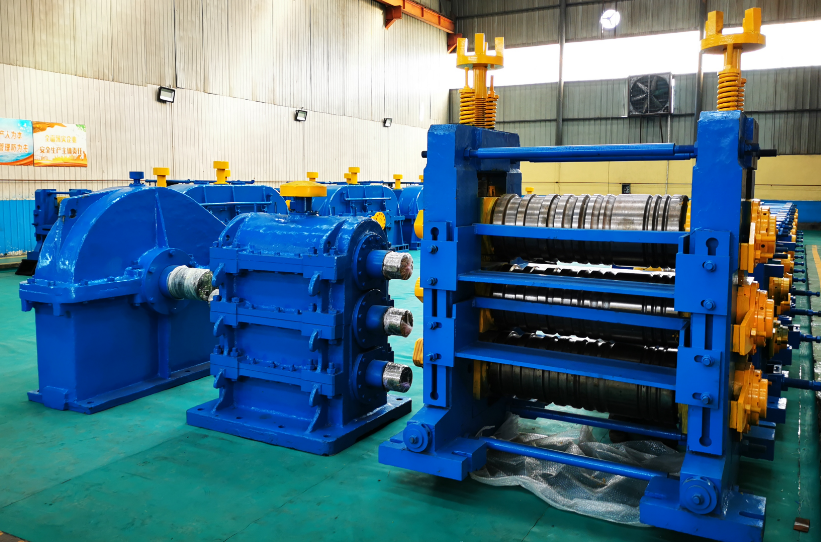
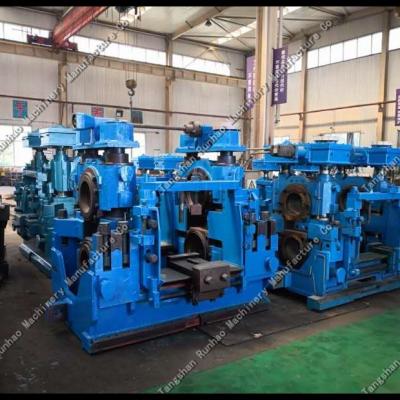
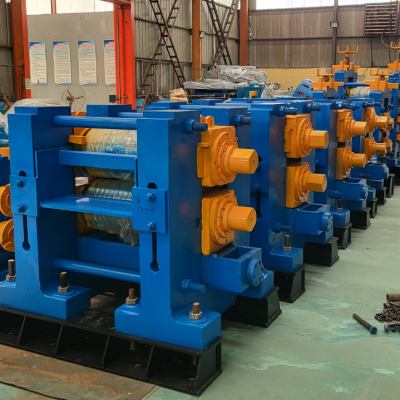
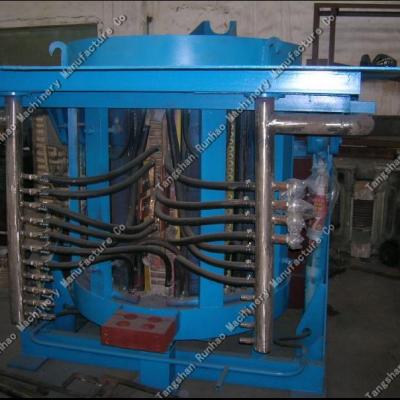
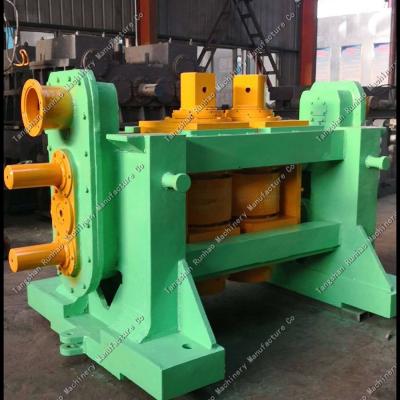
 Ed Lee
Ed Lee